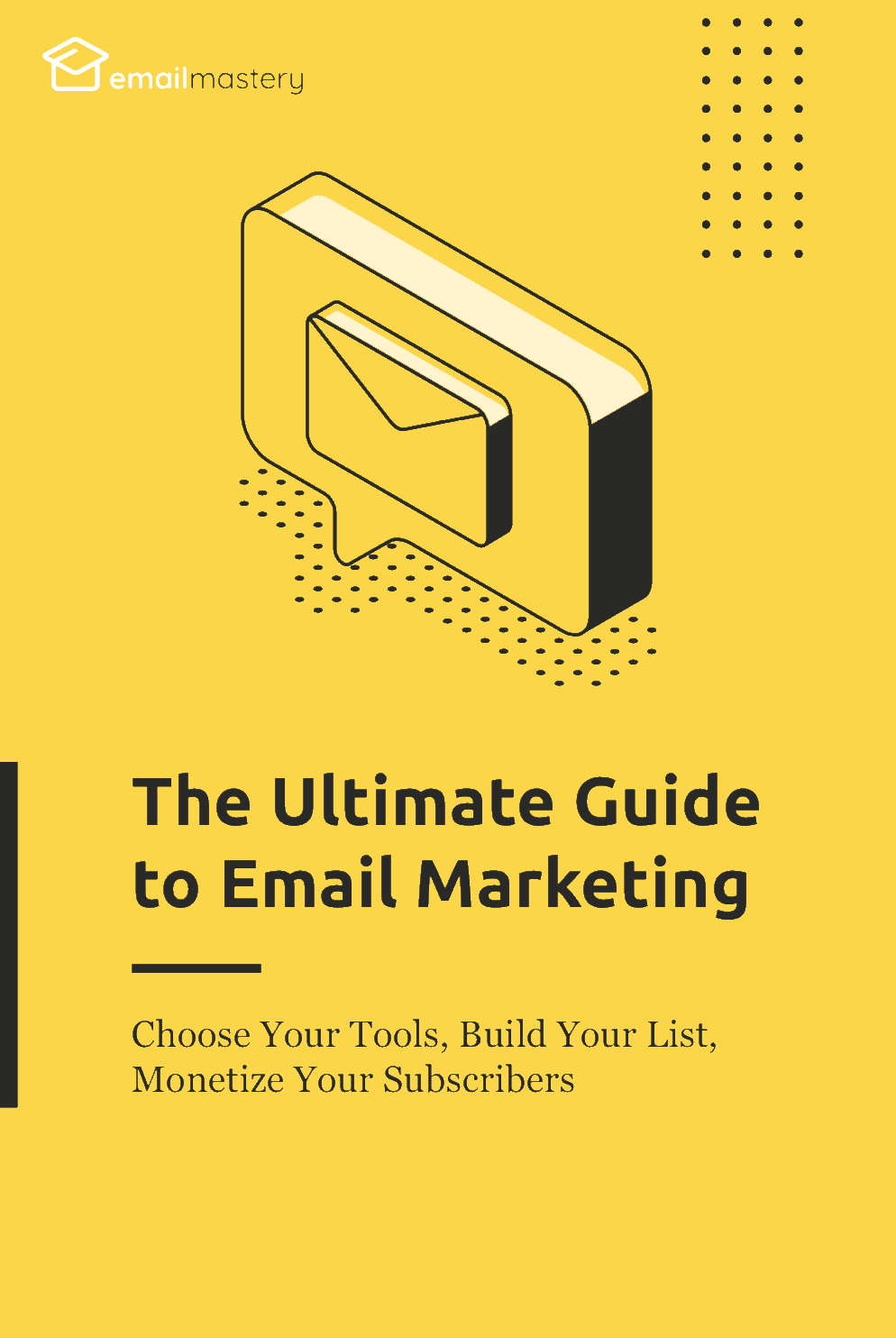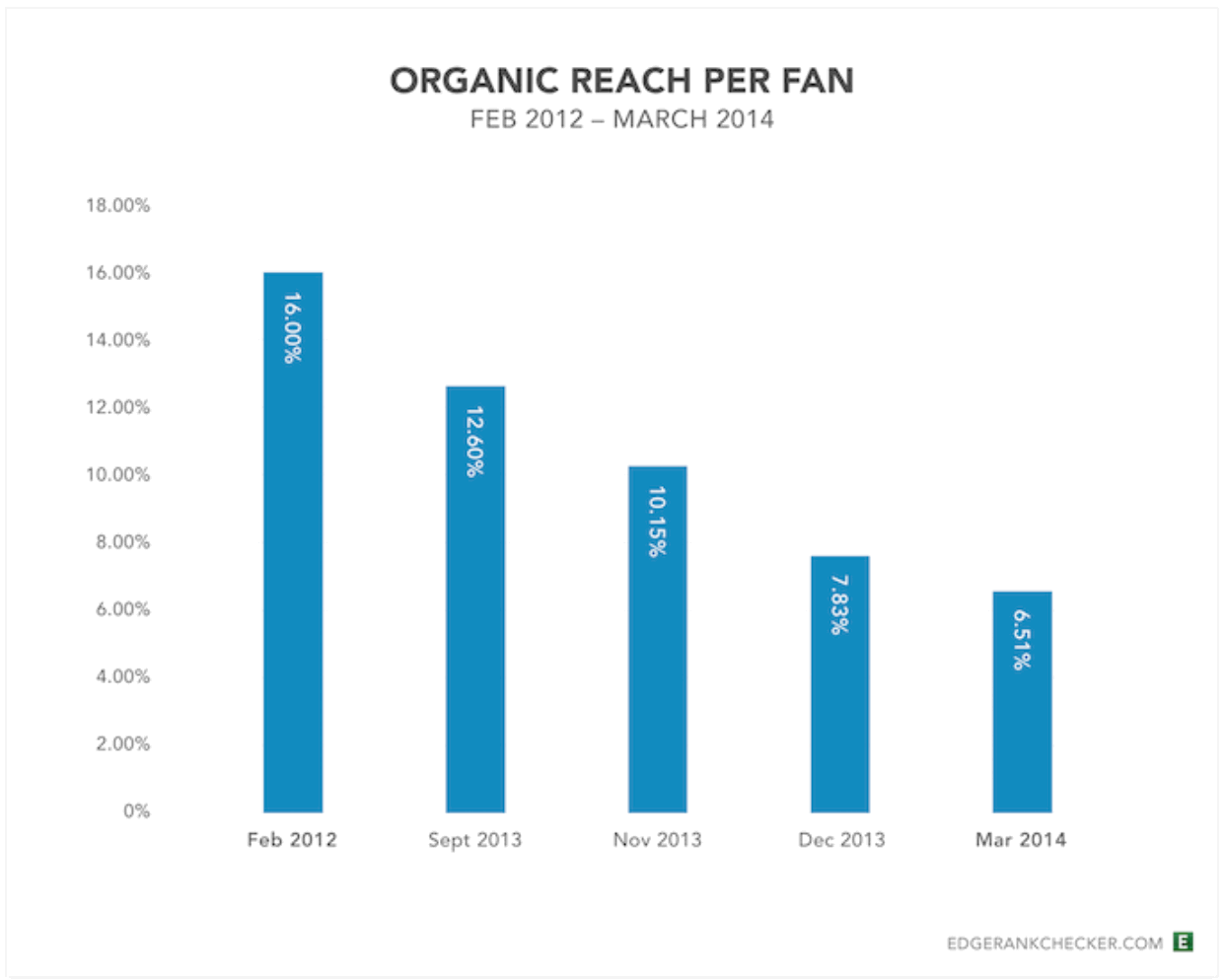
Chapter 1: Why Email Marketing?
Let’s jump right into the crux of it.
Is email marketing dead?
From personal experience, it doesn’t take a therapist to point out that you ignore at least 50% of the emails that beg for your attention every single day.
Some of you probably even have an unopened email count sitting in the thousands.
Others of you open emails in the “Primary” category just to get the satisfied shivers of a zeroed-out inbox. But you sure as heck don’t read all of them.
And you’re not alone.
55% of people admit to not reading and opening their emails regularly (business and personal) and 42% of people delete emails immediately that don’t display correctly on their mobile phones.
Okay. So it’s a warzone.
Or is it?
Here’s what you have to keep in mind: 55% of people might not regularly open and read their emails, but conversely, that means 45% do.
And that’s a pretty good percentage of the general population.
Especially when you compare it to other online communication platforms. Less than 40% of Americans use Instagram, Snapchat, LinkedIn, WhatsApp, Pinterest, and Twitter at all. Meaning that more than 60% of Americans don’t even have social accounts on those platforms.
And you’d be crazy to claim that any of those platforms are “dead”.
Compare the overall usage for those platforms to the 75% of Americans who at least have an email address and the truth becomes obvious: email marketing is alive and well.
In fact, it’s far more alive and well than many online social platforms.
The only two that are neck and neck with email marketing in terms of usage are YouTube (73% of Americans) and Facebook (68% of Americans).
And still, email marketing is better.
Sound like a big claim?
Let me explain.
Facebook and YouTube VS. Email Marketing
Look. Plenty of people make a killing by monetizing their audiences on Facebook and YouTube.
PewDiePie, a comedic video gamer, has the most subscribers of any YouTube channel, making somewhere around $12 million per year.
And many people make significant sums of money from a combination of Facebook ads and Facebook organic reach.
But here’s what you can never forget: Facebook and YouTube get to decide how successful you are.
That might sound weird, but it’s true.
In fact, not too long ago, PewDiePie suffered the consequences of an off-color joke (he probably did take it a bit too far) when YouTube banned him from their premium advertising program.
Why can they do that?
Because it’s not PewDiePie’s (or your) platform. It’s the company’s.
And if they (Facebook or YouTube) don’t like what you’re doing, they can hurt your organic reach, remove monetization from your content, or ban you altogether.
Of course, the chances of you getting “caught” by these platforms probably isn’t of huge concern.
You’re not nearly as big and noticeable as PewDiePie.
But the other (and maybe even bigger) problem comes in when these Silicon Valley platforms decide that they don’t want you reaching your audience for free – instead, they want you to pay for it (why do you think Facebook has a “Friend” limit of 5,000 but Facebook Pages are limitless?).
Since the primary way that Facebook makes money is through their advertising platform, they make it extraordinarily difficult to build an organic audience. And every year, it gets more challenging.
What does this all mean?
TL;DR
- Facebook is decreasing your ability to build an audience organically (without ads) so that they can make more money.
- YouTube is picky about the content that you produce and has the ability to ban you, randomly change their search algorithm (and hurt your rankings), and/or make it harder for you to build an audience at all.
- Email marketing has none of these downfalls.
In fact, here are some email marketing stats to get you all teary eyed and joyful…
- For 59% of B2B marketers, email is their most effective revenue generator.
- Email subscribers are 3 times more likely to share your content on social media than subscribers on other platforms.
- 73% of millennials claim that email is their preferred mode of communication.
- The number of email users in the U.S. is expected to grow by 254 million by 2020.
The best part, though, is that a list of email subscribers is all yours.
No third-party platform can ban you because they dislike your content or decrease your organic reach because they’re trying to make money.
You have full and uninhibited access to your list’s inbox.
Which, of course, brings with it a lot of responsibility.
And that’s what we’re going to talk about with the rest of this guide: how to respect your list, build a healthy relationship with them, and make money all at the same time.

